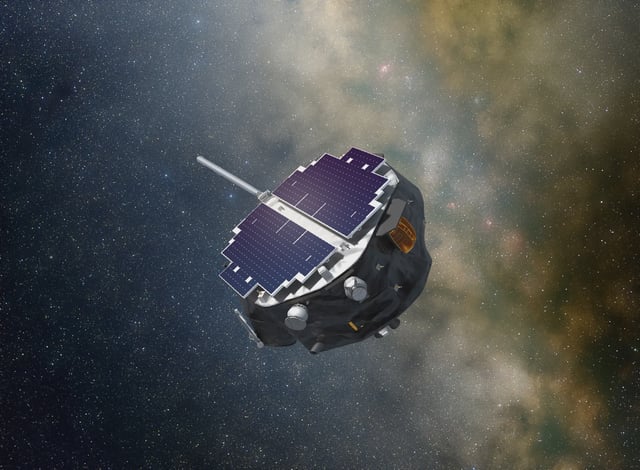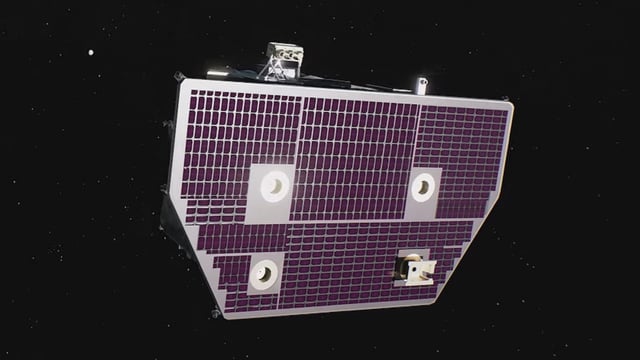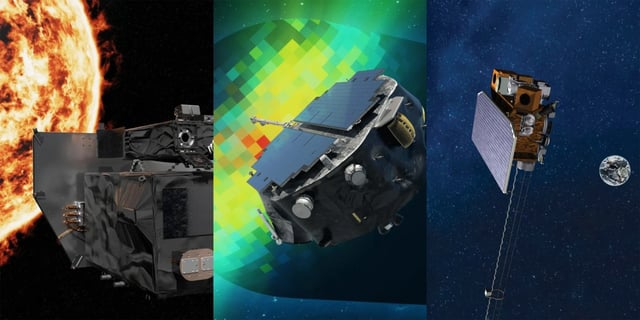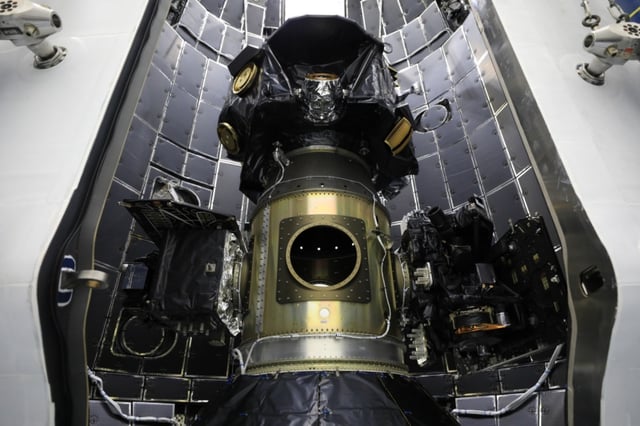Overview
- Liftoff is scheduled for Sept. 23 at 7:32 a.m. EDT on a SpaceX Falcon 9 from Launch Complex 39A, sending the spacecraft toward the Sun–Earth L1 point about one million miles away.
- IMAP will use 10 instruments to detect energetic neutral atoms and produce detailed maps of the heliosphere’s boundary that helps shield the solar system from galactic radiation.
- From L1, IMAP’s I‑ALiRT system will continuously broadcast near‑real‑time data that can provide roughly 30 minutes of warning of hazardous solar radiation.
- Sharing the ride, NOAA’s Space Weather Follow On–L1 observatory is designed to deliver early alerts of solar storms that could affect astronauts, satellites, and infrastructure on Earth.
- NASA’s Carruthers Geocorona Observatory will track the ultraviolet glow of Earth’s exosphere to study its response to solar storms, supporting safety for exploration efforts such as Artemis.



